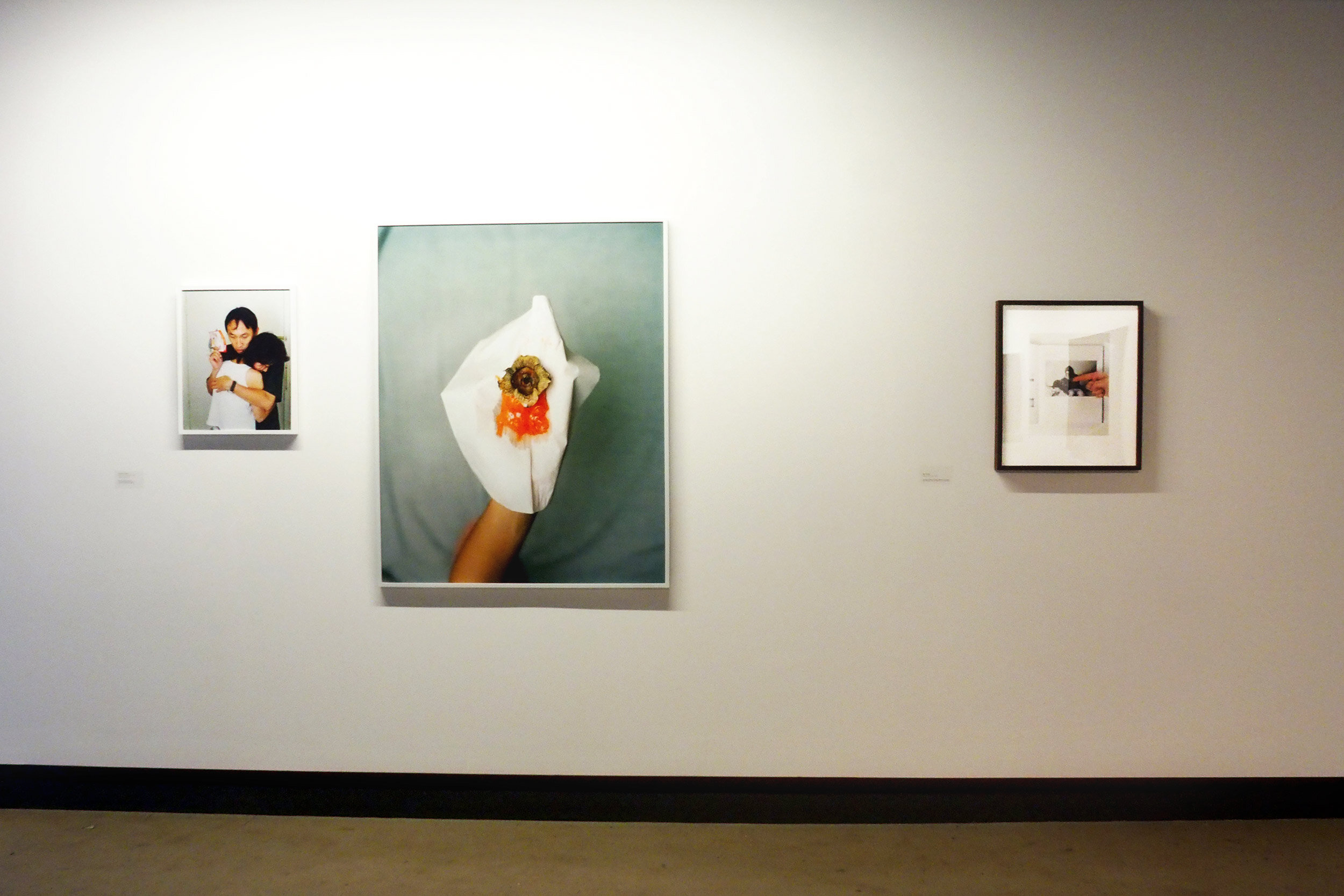HOME SWEET HOME: À propos de l'inquiétude
From March 27 to May 17, 2014
Opening and party on Friday, March 28 at 7:30 pm
An exhibition organized for Dazibao by Olivia Boudreau and France Choinière including works by Raymonde April, Juan Betancurth, Johanna Billing, Matthew Buckingham, Jennifer Campbell, Nancy Davenport, Bettina Hoffmann, Joseph Ismail, Patrick Jolley & Reynold Reynolds, Mazen Kerbaj, Thomas Kneubühler, Rob Kovitz, Søren Lose, Maria Marshall, Christof Migone, Gunvor Nelson, James Nizam, ONF, Anne Parisien, Paulette Phillips, William Raban, Gisela Restrepo, Ben Rivers, Jon Sasaki, Ron Terada and Chih-Chien Wang
The video program starts on the hour and runs for 60 minutes.
The home as physical space. The home as psychic space. The home as serene symbol of the fold, the place of belonging, privacy, the familiar, memory and the sweetness of being. The home as the space of isolation, suffocation and hostility, the place where malaise and what is disturbed resonate. The home, a symbol of both equilibrium and its opposite, the pressure point where everything can tip over.
The exhibition HOME SWEET HOME: À propos de l’inquiétude is built around the motif of the home, first of all to mark Dazibao’s permanent new space, but also as an expression of the uncertainty necessary to creation and to the pursuit of thinking about art. What the works brought together thus share is the way they turn the obvious upside down to reveal or give form to this necessary doubt, this constantly shifting state unsuited to quietude.
For some works of art, uncertainty is located in their insistence on bearing witness to history. A history that is constantly evolving and whose narrative is never final, as it can be manipulated, obliterated or reinterpreted at different times by different cultures. The authenticity of the document in this history is murky, as are historical truth and even, sometimes, the existence of what is seen, pure and simple. To mitigate this doubt, other works use the image to testify to an identity, to a social role, to a sense of belonging to a community or more abstractly as an attempt, at least conceptually, to control one’s environment. They let the unpredictable and the irregular break through like a form of resistance to conventions.
Uncertainty also appears in works which, by blurring the relations between the real and the imaginary, play on our perceptions and launch an invitation to seek the hidden meaning of things. Made invisible, the gap between the real and the factitious becomes a space for confronting one’s innermost desires, secrets and fears. Some works, through the discomfort to which they give rise, even manage to block any feeling of identification and any possibility of experiencing by proxy.
Finally, other works embody a state of uncertainty formally—at times by upsetting our usual relation to time through the use of forms of montage that break with any established continuity, or through a mise en scène which, over time, becomes unbearable and oppressive. At other times this is achieved through the slow movement of the camera to establish and maintain malaise by insidious means, or, finally, through the persistent fixity of an image which must change, which must move, to give free passage to the narrative that seems implicit in it.
HOME SWEET HOME: À propos de l’inquiétude brings together the work of more than twenty-five artists from Quebec, Canada and abroad. The project consists of a gallery exhibition, a video exhibition in the screening room, monumental works in the city and a publication, for which two texts were specially created by Rob Kovitz and Christof Migone. These elements of the event include works in photography, video, film, performance, installation and sound art which explore various uses of the image in contemporary art. Scorning any inventory, historical or otherwise, and any chronology, the project freely associates works which inform both the past and the present of image practices and portend their future—but of course without any certainty.
Dazibao satellite
Dazibao receives financial support from the Conseil des arts et des lettres du Québec, the Canada Council for the Arts, the Conseil des arts de Montréal, the Ministère de la Culture et des Communications and the Ville de Montréal.











